Who can resist a coconut, with its creamy, tropical flavor? For too long, many Americans have done just that.
Thankfully, that misguided coconut era is over. The coconut is receiving long-overdue accolades as a highly nutritious food. In fact, research has shown that it’s the saturated fat in coconuts that not only helps our bodies absorb nutrients and fight viruses, but also reduce cholesterol levels. Traditional American uses of coconut are sugar-laden affairs — think baked goods like pies, cakes and macaroons — that mask its health-promoting properties. But now cooks everywhere are incorporating coconut into a wide range of flavorful recipes that support good health. (For more on why saturated fat is good for you, search for “A Big Fat Mistake.”) And many people are going even further, using coconut milk as a wholesale replacement for dairy.
When coconut is fresh, it has a sweet, rich aroma. Before it reaches the grocery store, the coconut’s smooth outer shell has usually been removed, revealing a rough husk with three indented “eyes” at one end. Inside is the seed; it consists of a layer of creamy, white meat surrounding a center filled with refreshing, mildly flavored coconut water.
Whatever form of coconut you choose — shredded coconut; or coconut milk, cream and oil — it is sure to add an exotic twist of flavor to an otherwise ordinary meal.
Quick and Easy
Intimidated by coconuts? Don’t be. Here are easy ways to integrate coconut meat, milk and water into everyday snacks and meals.
- Mix shaved or shredded coconut with nuts, seeds and berries in a bowl as a healthy alternative to breakfast cereal (just add your choice of yogurt or milk and a spoon). Thanks to the healthy fats and fiber, you’ll feel satisfied longer.
- Make coconut mango salsa by combining chopped mango, chopped red chili, coconut chunks, fresh mint and lime juice in a bowl. Use it to top grilled fish, chicken or tempeh. Or simply serve it with some whole-grain chips.
- When cooking rice, substitute half of the water with coconut milk. When rice is cooked, sprinkle in some sliced green onions, sesame seeds or toasted nuts, if desired. Coconut milk can also be used in place of milk in many recipes.
- Use coconut water in place of water in your favorite smoothie recipe. You’ll get a hint of tropical flavor and a boost of extra electrolytes. Coconut water also makes a nice beverage or midworkout refresher all on its own.
- For classic movie-theater flavor (without the mystery ingredients), try kettle-popped popcorn in a few tablespoons of coconut oil (enough to cover the bottom of the pan). Or top air-popped popcorn with equal parts melted coconut oil, olive oil and butter.
Kitchen Tricks
- Do not boil coconut milk when cooking, because it can curdle, separating the oil from the liquid. Instead, stir constantly on low heat. When making curries, for example, you might add coconut milk at the end of the cooking process, and heat just to a simmer.
- To make your own naturally sweetened dried coconut, place about 3 cups unsweetened shredded or grated coconut on a baking sheet and toss with ¼ cup maple syrup. Bake at 150 degrees F for about 11 hours to dry out the coconut.
- For toasted coconut, place freshly grated coconut in a thin layer on a baking sheet. Bake at 300 degrees F for about five minutes — stirring every minute to prevent burning — until golden brown.
How to Open a Coconut
- You’ll need a hammer and screwdriver (optional: heavy gloves to protect your hands). Carefully puncture the eyes of the coconut by using hammer to drive the screwdriver into the coconut shell. Turn the coconut over and drain the coconut water into a clean dish.
- Next hammer firmly around the coconut in circles until the shell cracks slightly. Wedge the screwdriver into the crack and tap sharply with the hammer; the coconut should break apart into two halves
- Use a sharp-edge utensil to pry or scrape the meat away from the shell. Trim the brown skin off the white meat with a paring knife.
- Enjoy!
Shopping and Storage Tips
- Look for whole, unopened coconuts that are firm, heavy for their size and free of dampness around the “eyes.” Small black spots can be an early sign of mold. When you shake the coconut you should hear lots of water slosh around inside.
- Use within a few weeks to ensure freshness and reduce the risk of spoilage. If a coconut smells “off,” don’t eat it.
- Once opened, store fresh coconut meat in the refrigerator for up to one week or freeze for up to six months.
- Most prebagged shredded coconut is sweetened. Look for unsweetened shaved or shredded coconut in the bulk section at natural markets.
Nutrition Know-How
- Nearly 90 percent of the fats in coconut oil are saturated — and they are healthy! In the 1970s and ’80s, manufacturers of processed foods replaced coconut oil with partially hydrogenated oils. We now know that those oils contain very unhealthy trans fatty acids. The saturated fat found in coconut is, by contrast, very good for us — particularly when part of a diverse, mostly plant-based diet.
- Fifty-five to 65 percent of the saturated fats in coconut oil are medium-chain fatty acids (MCFAs), which have been used as dietary supplements to improve nutrient absorption and sports performance.
- Coconut oil is rich in lauric acid. Preliminary studies have shown that lauric acid may help the body fight viruses.
- As the result of eating coconut oil, the human body steps up its production of ketone bodies — beneficial compounds produced when fatty acids are broken down for energy. Because these compounds are used to advantage by the brain, researchers are currently studying coconut oil as a possible treatment for people with diseases such as Alzheimer’s, Parkinson’s, Huntington’s, Lou Gehrig’s and multiple sclerosis, as well as type 1 and type 2 diabetes.
- Coconut meat is rich in phytosterols, cholesterol-like compounds found primarily in nuts and legumes. Phytosterols have been shown to naturally reduce cholesterol levels in the blood.
- Fresh coconut meat is an excellent source of fiber. A 1-cup serving provides about 29 percent of the daily recommended amount of dietary fiber. Note that nutrient levels drop slightly when coconut is dried.
- Both raw coconut water and freshly squeezed coconut milk are rich in a host of minerals, including potassium, manganese and magnesium.
Island Spinach Salad
This colorful salad bursts with flavor, thanks to nutty toasted coconut and a tangy lime vinaigrette. The spicy coconut cashews can be sprinkled on top of the salad or served on their own as a quick appetizer.
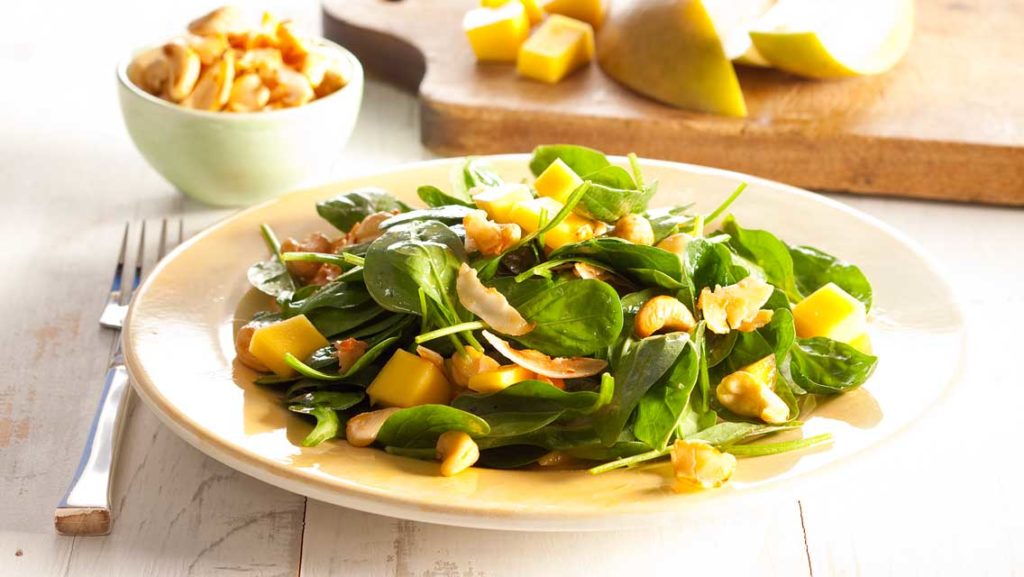
Makes four servings
Ingredients
- 8 cups fresh spinach
- 1 mango, diced
- 1/2 cup shredded toasted coconut
- 1/2 cup cashew nuts or coconut chili-glazed cashews
- 1/4 cup lime juice
- 1 tsp. Dijon mustard
- 1 tsp. honey
- 1/4 tsp. ground cumin
- 1/4 cup extra-virgin olive oil
- Pinch of sea salt and pepper
Directions
- Arrange the spinach on a large platter. Top with mango, coconut and cashews.
- In a jar with a lid, add the lime juice, mustard, honey, cumin and oil. Shake to combine, season with salt and pepper, and pour over salad.
Coconut Chili-Glazed Cashews
Makes four servings
Ingredients
- 1 tsp. coconut oil
- 3 tbs. honey
- 1 Thai red chili, seeded and finely chopped (or 1/2 tsp. crushed red pepper)
- 2 cups raw cashew nuts
- 1 cup unsweetened coconut, shredded
- Salt and pepper to taste
Directions
- Heat oil in a wok or large pot and stir in honey and chilies. Add nuts and stir-fry for one minute, then add coconut and stir-fry until golden brown, about five minutes. Add salt and pepper.
- Serve warm.
Mussels in Lemongrass Coconut Broth
Serve with crusty whole-grain bread or rice and a fresh salad.
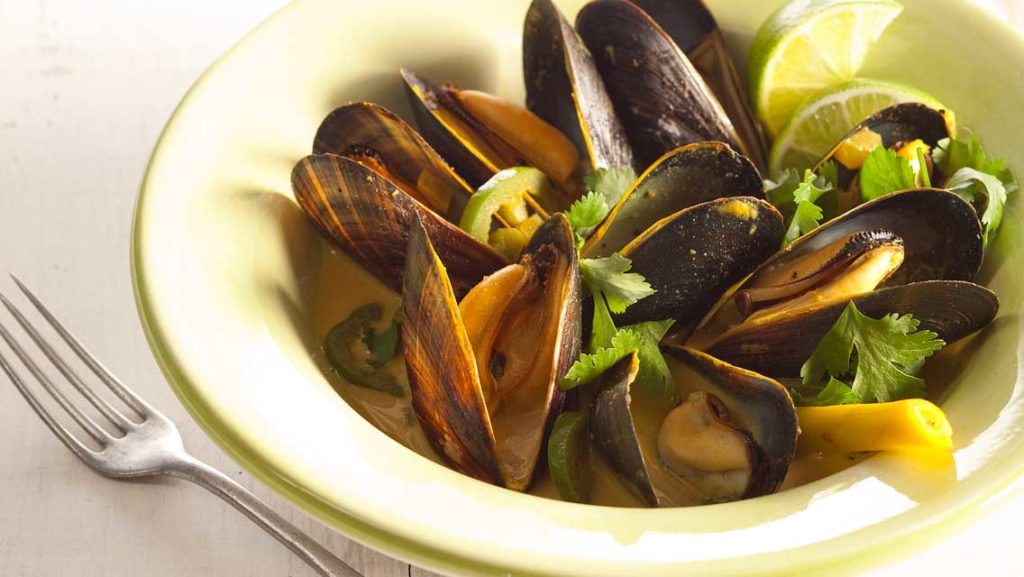
Makes four servings
Ingredients
- 2 lbs. mussels
- 2 tsp. coconut oil
- 1/2 cup chopped onion
- 1 tbs. minced ginger
- 1 stalk lemongrass, cut into four pieces and smashed
- 1 jalapeño, sliced thin
- 1 1/2 tbs. curry powder
- 1/4 cup dry white wine
- 1 can (14 oz.) coconut milk
- 1/4 tsp. each of salt and pepper
- Chopped cilantro and lime wedges
Directions
- Clean mussels by soaking them in a bowl of cold water for about 10 minutes, then drain and repeat. This will remove any sand or grit.
- Next, remove each mussel’s byssal threads (often called “the beard” — mussels use them to attach to rocks): Using a dry towel, grasp the beard and sharply pull toward the hinged end of the mussel (if you pull toward the opening, this could tear the mussel and kill it). Discard the byssal threads and any mussels that remain open.
- Heat the oil in a large sauté pan over medium heat. Add onion, ginger, lemongrass and jalapeño, and sauté for about two minutes until the onions have softened. Add the curry powder and cook one minute. Deglaze the pan with white wine and cook until almost evaporated.
- Stir in coconut milk and heat to a low simmer. Add the mussels and reduce heat to medium; cover and steam for about five to seven minutes until the mussels have opened. (Never pry open a cooked mussel. Simply discard any that don’t open.) Add salt and pepper.
- Divide the mussels and sauce into four serving bowls and garnish with cilantro and lime wedges.
Note: Always cook mussels on the day you purchase them.
Piña Colada Aqua Fresca
A light and refreshing beverage that’s suited for a hot summer day. Try mango and raspberry or strawberry and pineapple as variations.

Makes two servings
Ingredients
- 1 cup chopped pineapple
- 1 cup coconut water (use fresh coconut water if available; if not, boxed or bottled is fine)
- 1 cup chopped mango
- Ice or coconut water ice cubes
Directions
- Combine the pineapple, coconut water and mango in blender and blend to combine.
- Add ice to tall glass and pour aqua fresca over it.
This article has been updated. It originally appeared in there July/August 2011 issue of Experience Life magazine.
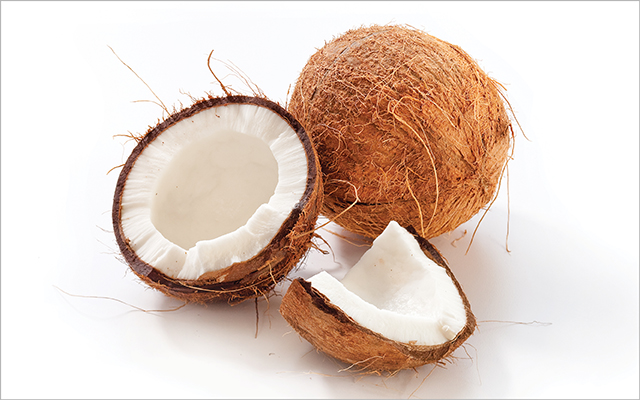
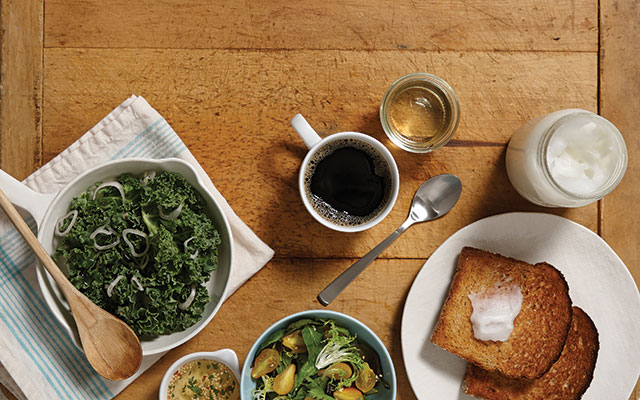
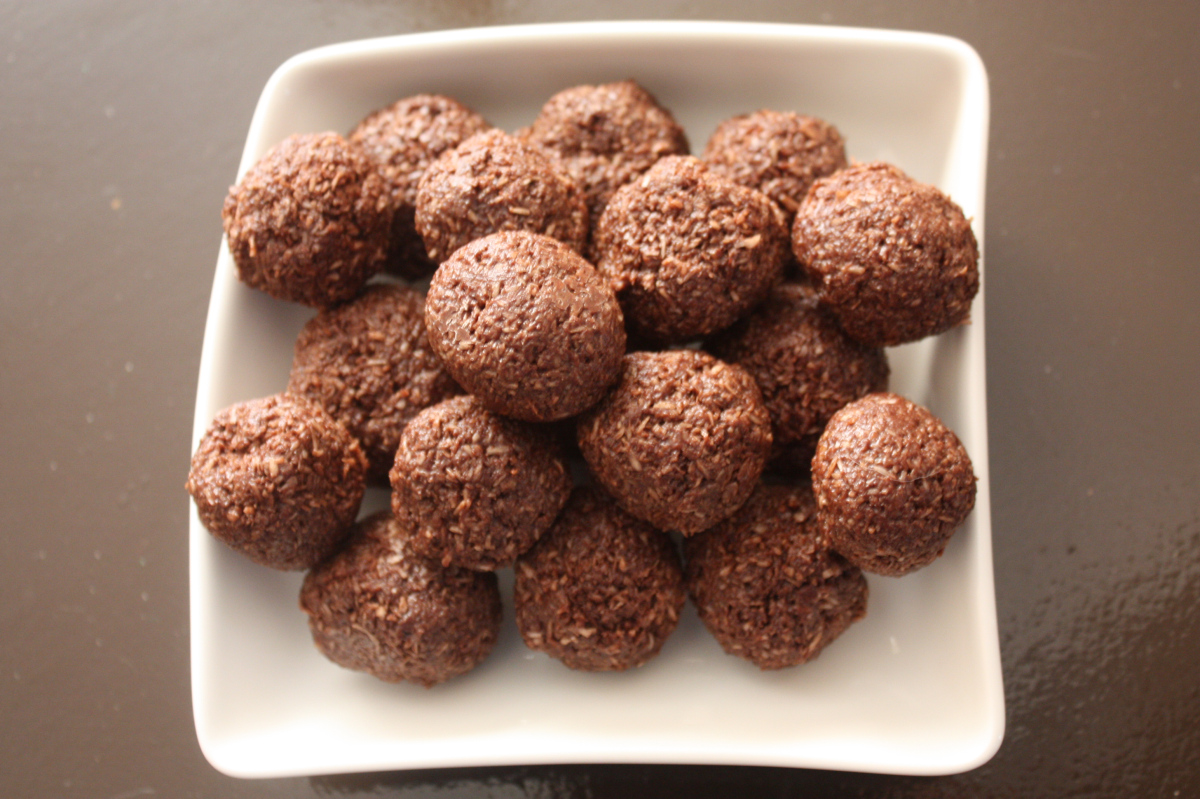
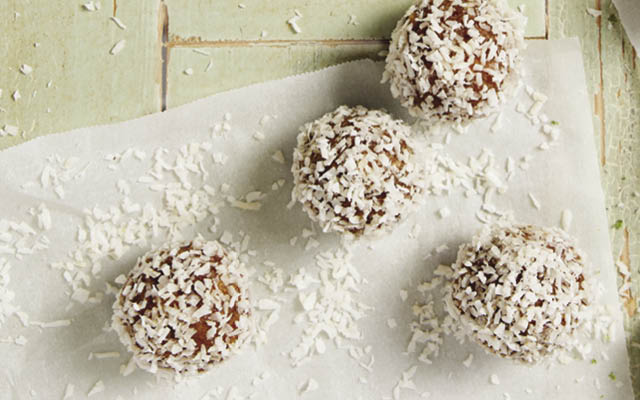
This Post Has 2 Comments
[…] ³https://experiencelife.lifetime.life/article/an-inside-look-at-coconuts/ […]
[…] ³https://experiencelife.lifetime.life/article/an-inside-look-at-coconuts/ […]
Comments are closed.